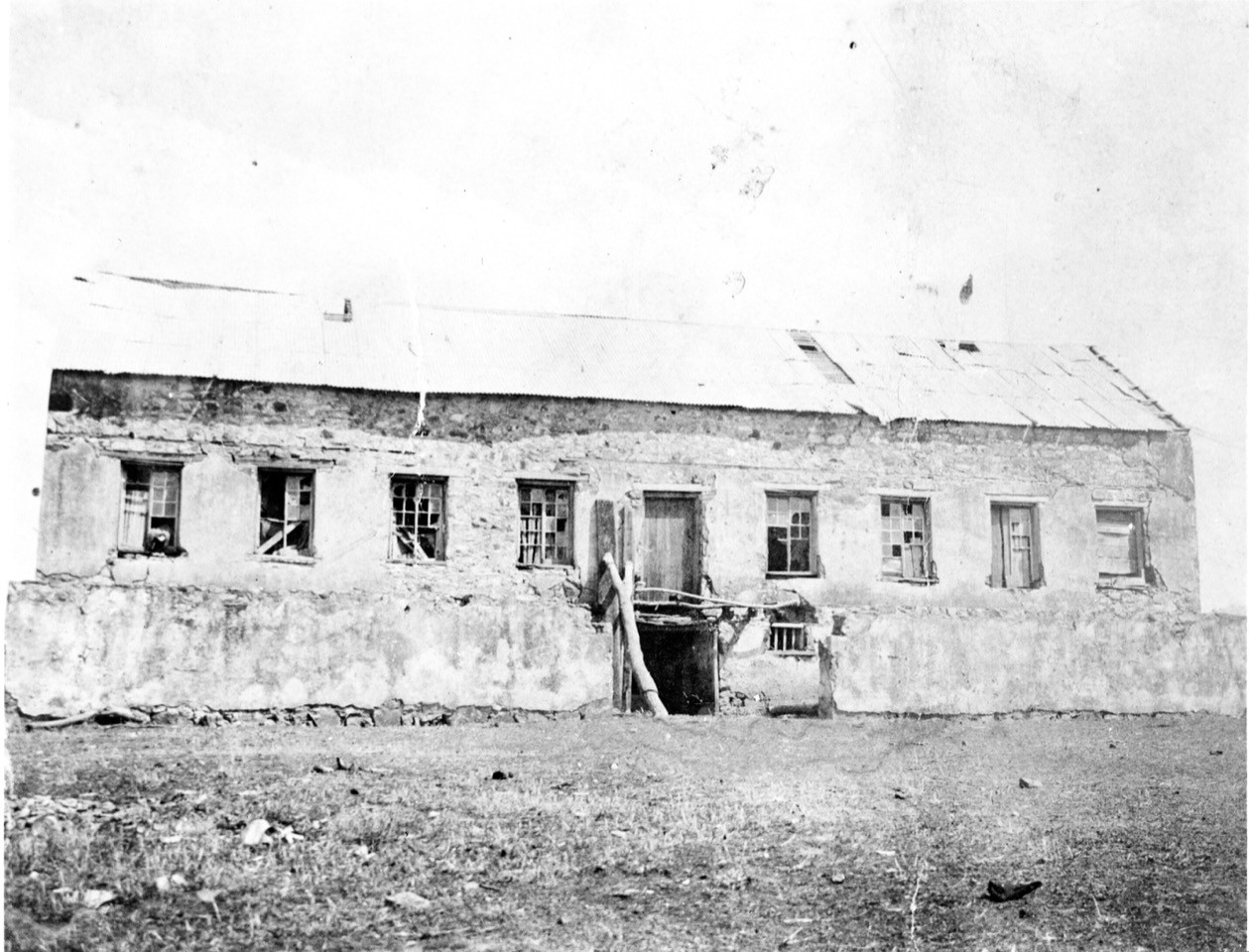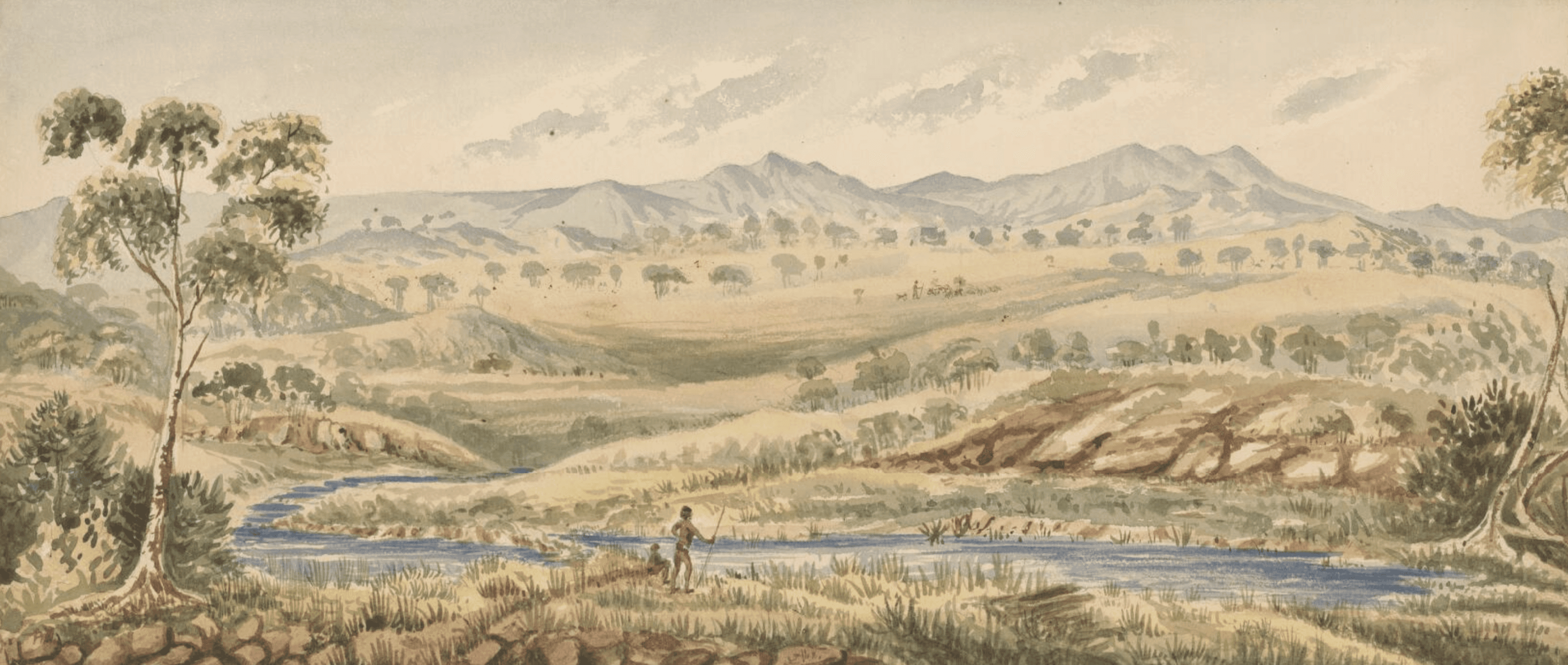
Canberra III.
Pastoral Plutocracy (1862-1906)
This volume commences with the free selection revolution of 1862. McDonald explains how land reform was bitterly opposed by most squires, who bullied small farmers and used fraud and litigation to get their way. But it also shows how resilient the free selectors were and how they organised to defend themselves. McDonald brings these small farming families back to life, fight by fight.
With a new database, he examines the demography of the Canberra-Queanbeyan district in the last half of the nineteenth century. He reveals the degree of tolerance (or lack of it) towards ethnic groups, LGBTQI+ individuals, and minority faiths. His, is the first study to cover the impact of the women’s suffrage movement in the district and the lives of female farmers and business leaders. He dispels the notion that a rare ‘racial harmony’ existed in the district. In truth, Aboriginal children were stolen, and the surviving bands were forced onto distant missions and reserves.
Canberra III also shows how the district became a resource for Sydney and, as the six British colonies edged closer to federation, how national issues, such as protectionism and the labour movement, played out between the Molonglo and Murrumbidgee. The tangled politics of the region are also unravelled with the pastoral plutocrats steadily losing gravitas to an emerging yeomanry and working class.
This much-anticipated third volume in McDonald’s seminal Canberra series has 36 maps, figures and tables, and 27 biographies and topic boxes.
ISBN 9780987049766
Canberra II.
Colonisation (1824-61)
This updated volume begins in 1824, when the first pastoralists appeared on the Molonglo, and concludes in 1861, the eve of Robertson’s pivotal land reforms.
For the local Aboriginal bands, this was a catastrophe. For the British it was about pastureland to feed the colony. McDonald covers the 1838-42 period, when NSW switched from a convict society to a free-migration model. It was also a time of debilitating drought and economic ruin. He examines the power of dominant family blocs (Campbells, Palmers, Murrays, Johnstons, Wrights, etc), the uneasy imposition of British law on the ‘frontier’, the gold rushes of the 1850s, and the ever-increasing pressure for political reform.
Canberra II drills down into the lives of ordinary people. It reveals some of the more elusive topics: the stories of women, children, LGBTQI+ individuals, the working poor, and the earliest ethnic households and enclaves.
Along the way, McDonald breaks new ground. A new pastoral chronology is constructed, acts of pastoral bastardry are exposed, the violence of the Frontier Wars is catalogued, Canberra’s first female bushranger (Mrs Winter) is unearthed, the Anglican foundation myth is debunked, and he even asks whether AFL had its inception on the Molonglo.
In this edition of the second volume of McDonald’s Canberra series, new material and research is added, including appendices on the mysterious Barnett of Burbong and John Tennant’s alleged connection to Tharwa.
ISBN 9780987049773
Canberra I.
From Antiquity to the Invasion
Volume 1 commences with the prehistory of the district and how the landscape evolved into its recognisable form by the end of the last Ice Age. McDonald considers controversial evidence related to possible hominin occupation at Lake George, 130,000 years ago.
The volume discusses how Aboriginal occupation was concentrated at campsites along the waterways, especially during the temperate months
and in the alpine areas in winter and during the moth-hunting season at
mid-summer. Agriculture, aquaculture and hunting methods are examined, including fire-stick farming. Local religious practices and views on the afterlife are also considered as well as the nature and structure of the different local Aboriginal bands in the 1820s and beyond. McDonald also includes new research on the first British expeditions to Canberra and their use of Aboriginal expertise.
The most confronting chapter of this volume deals with the invasion.
In Canberra it used to be claimed that there was no resistance.
McDonald debunks this myth, showing that the impact was genocidal.
Volume 1 also includes the first historiography for Canberra.
ISBN 9780987049742
Where to buy
Copies of the Canberra series are also available for purchase at:
Canberra and District Historical Society
Curtin Shopping Centre
Hall Heritage Centre
19 Palmer Street, Hall
Purchasing multiple volumes
Email hello@canberrahistory.net to purchase multiple books or to enquire about international shipping.




